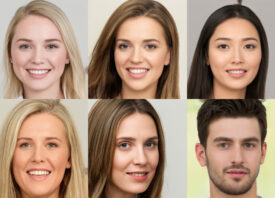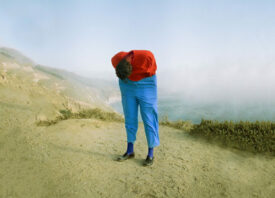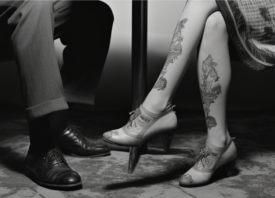Search this site
What AI Means for Photography and ‘Fake News,’ According to an Expert at Penn State

In 2018, the professor S. Shyam Sundar led a field study about misinformation and “fake news” in India. The research team found that, as opposed to audio and text, misinformation presented in video format was not only more likely to be believed but also more likely to be shared. He discusses the experience on the latest episode of the Feature Shoot photography podcast, which was devoted to the subject of artificial intelligence (AI):
“Imagery is a particularly important area for its potential to cause a lot of damage. We tend to overtrust images.” – S. Shyam Sundar on the Feature Shoot photography podcast
S. Shyam Sundar is the James P. Jimirro Professor of Media Effects, the Co-Director of the Media Effects Research Laboratory, and the Director of the Center for Socially Responsible Artificial Intelligence at the Donald P. Bellisario College of Communications at Pennsylvania State University.
In this episode of our podcast, he spoke with Feature Shoot’s Founder Alison Zavos about the potential challenges and opportunities presented by AI across media, with a focus on images. Their conversation took place shortly after an incident involving an AI-generated (fake) image of an explosion near the Pentagon, which briefly affected the stock market. According to experts, it might be the first time an AI image has influenced markets.
AI might have the potential to cure cancer or generate solutions to climate change, but we need to enter into this brave new world with caution. Right now, AI images can be nearly indistinguishable from photographs—and they will keep getting better.
With AI images already deceiving people, what can be done to protect the public from misinformation? Adobe has proposed one potential solution, and Sundar shared some of his ideas with us as well as part of the photography podcast.
For those of us in the photography industry, in particular, the future of AI remains uncertain. Will AI be just another way of creating and modifying images (similar to editing), or could the technology ultimately replace photographers?
“Photographers have to ask themselves, ‘How can I imbue a humanness that is distinct from a machine into my pictures?” Sundar suggests. “‘What else—in terms of the ‘soul of a human,’ so to speak—can make a picture inherently human and distinct from AI?’”
Listen to the Feature Shoot photography podcast here!
Miss our last episode? Check it out here.



